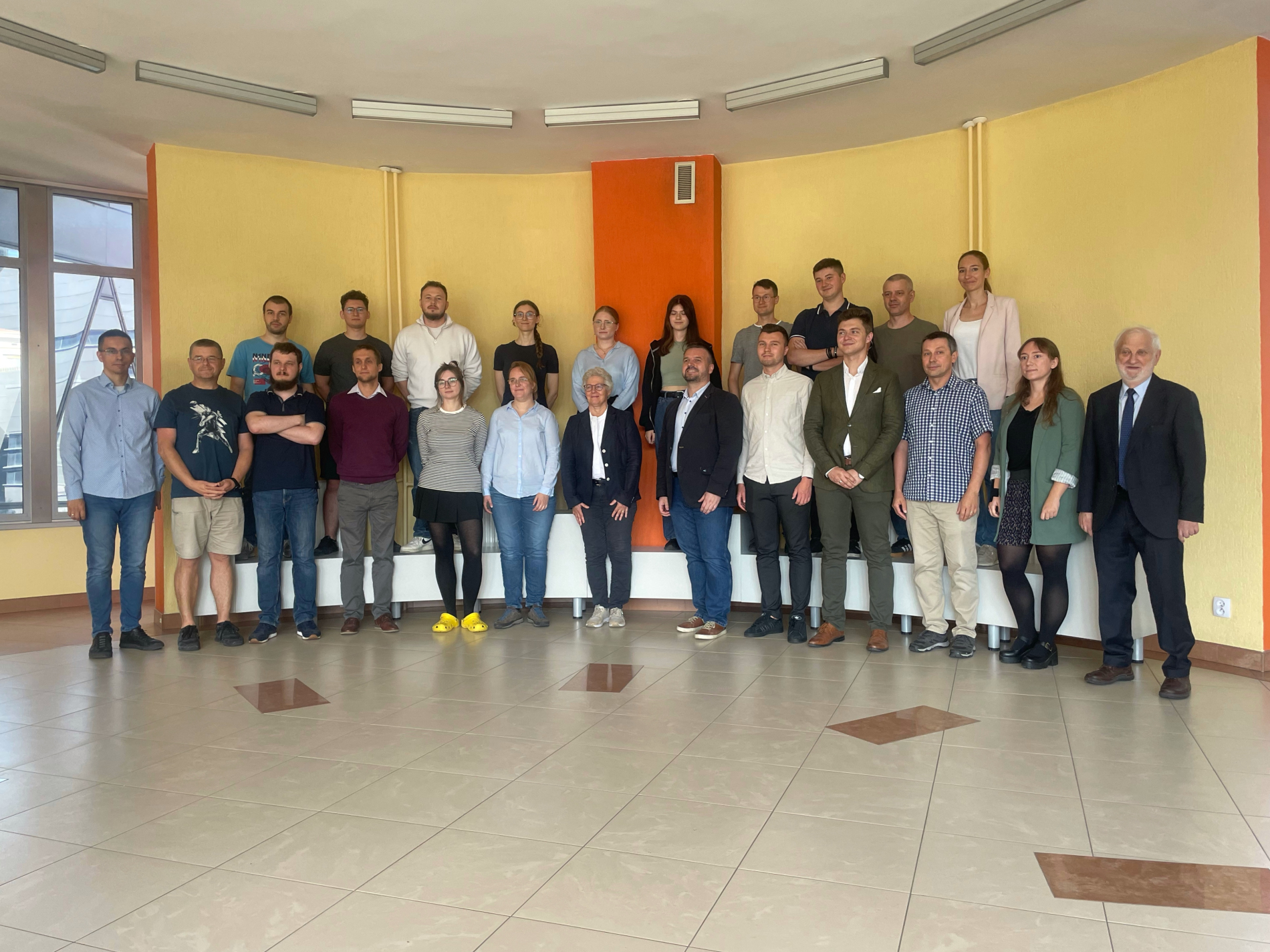
Prof. Anne L'Huillier, winner of the Nobel Prize in Physics, visited Wrocław University of Science and Technology.
The researcher gave a public lecture and visited the laboratories of the Faculty of Electronics, Photonics and Microsystems, where research on ultrafast lasers is being conducted.
Professor Anne L'Huillier is a French-Swedish physicist affiliated with Lund University and a member of Academia Europaea. In 2023, together with Pierre Agostini and Ferenc Krausz, she received the Nobel Prize for "experimental methods that generate attosecond light pulses for studying the dynamics of electrons in matter." She is part of a group of scientists whose discoveries are shaping new directions in the development of physics.
The visit began with a public lecture entitled “Attosecond light pulses for studying electron dynamics in atoms,” which was attended in person by several hundred people. The lecture focused on groundbreaking research into ultrafast phenomena and experimental techniques that are transforming our understanding of electron dynamics in matter.
“Attosecond light pulses are a new technology that is extremely important because they allow us to observe and study very fast electron processes in matter. This enables us to track and analyse phenomena that were previously beyond the reach of observation. It opens up completely new research opportunities,”explains
Prof. L'Huillier.
The visit also included a tour of the laboratories at the Faculty of Electronics, Photonics and Microsystems, where scientists are conducting pioneering research on femtosecond lasers—technologies with enormous potential applications in both science and industry.
Prof. L'Huillier's lecture and visit to Wrocław University of Science and Technology took place as part of the Eurosensors XXXVII conference, one of the most important European forums dedicated to the development of sensor science and technology.

